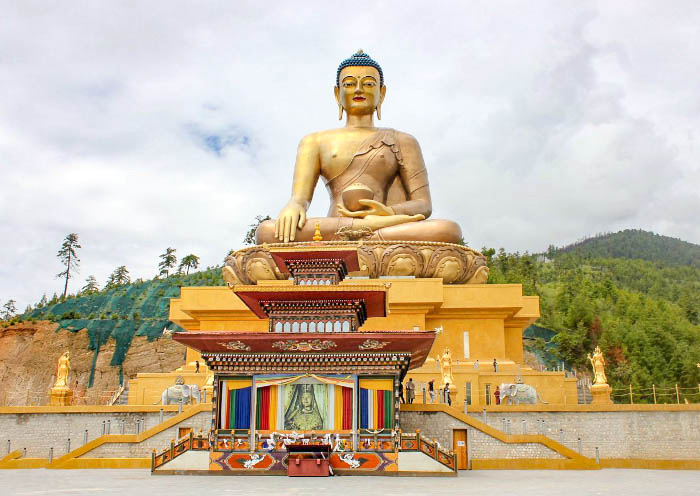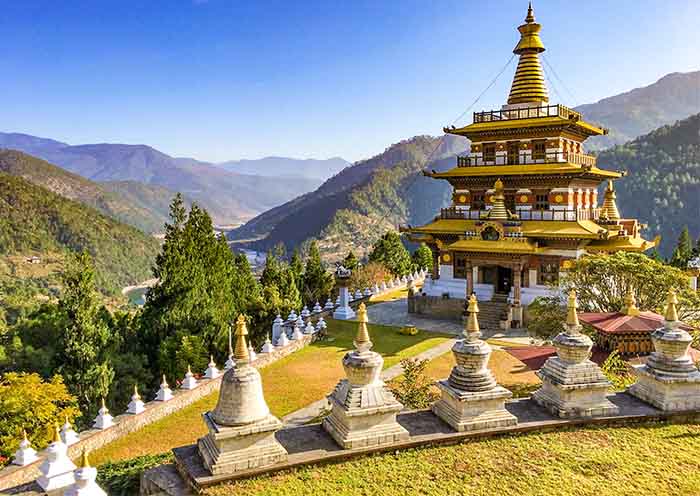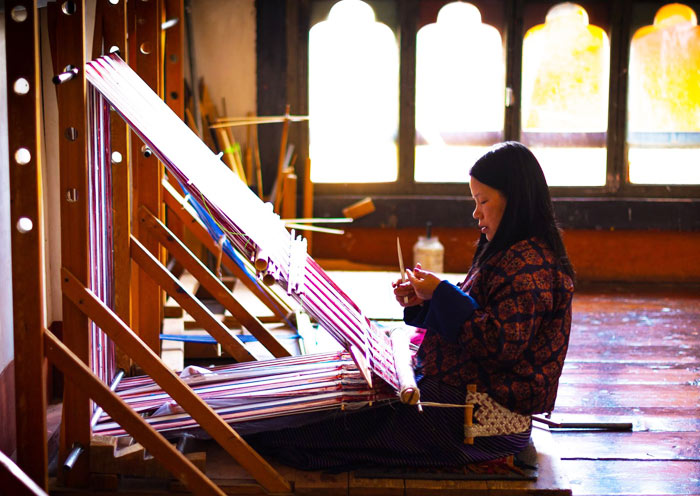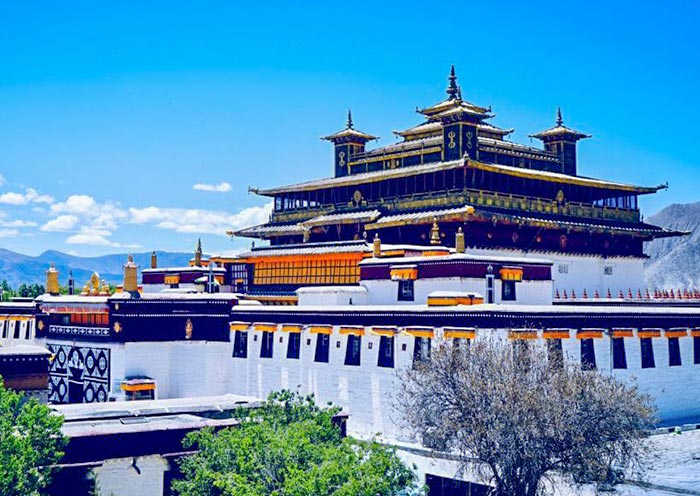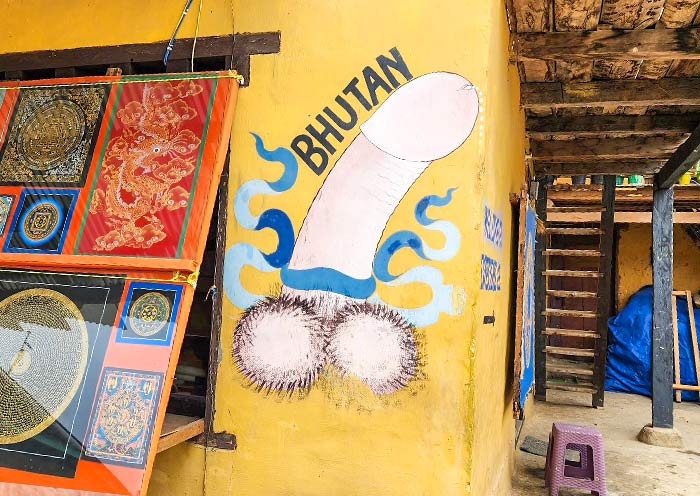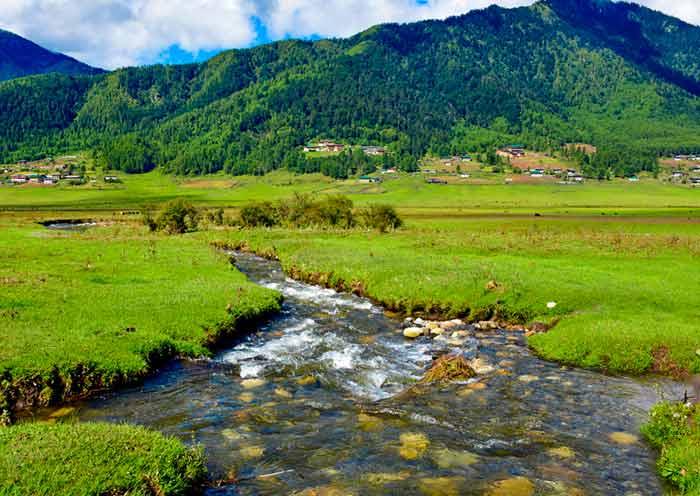Communication with Alina Dang was easy and response time fast. Alina is very professional and detail oriented.
Once in Bhutan our Guide Kins and Driver Karma made this 6 days tour to Paro, Thimphu and Punakha an unforgettable experience.
The Hotels selected were all excellent and with a friendly staff.
I hope to return to Bhutan for a longer stay and travel to Eastern Bhutan. Visit Bhutan and you will not be disappointed.









